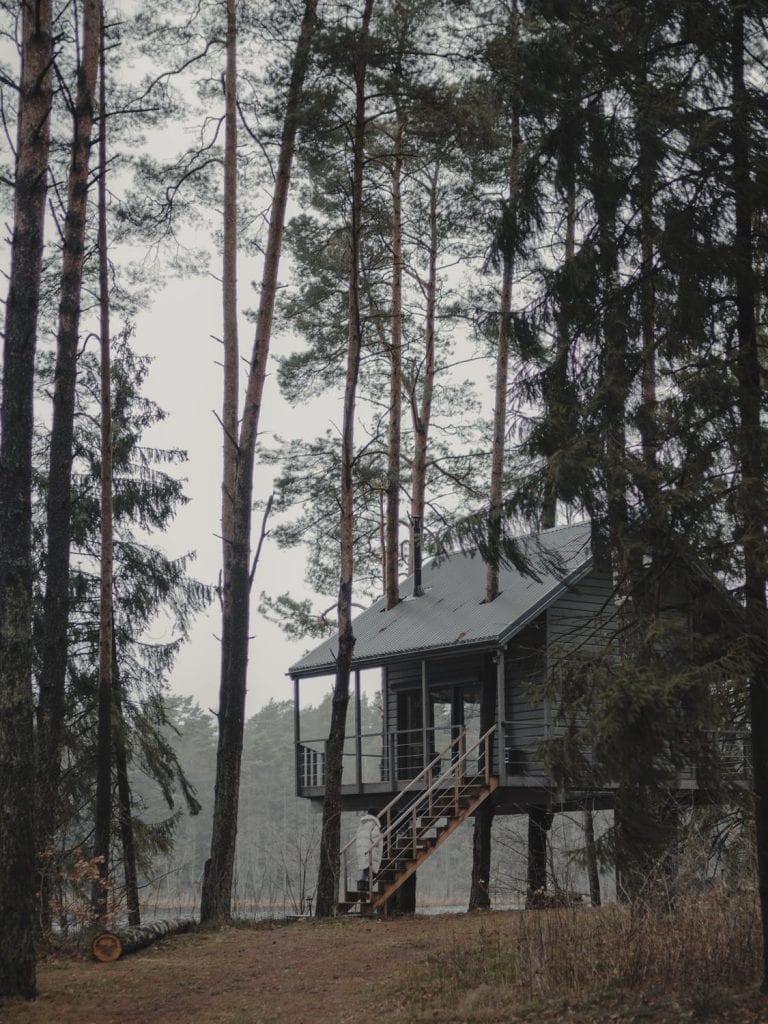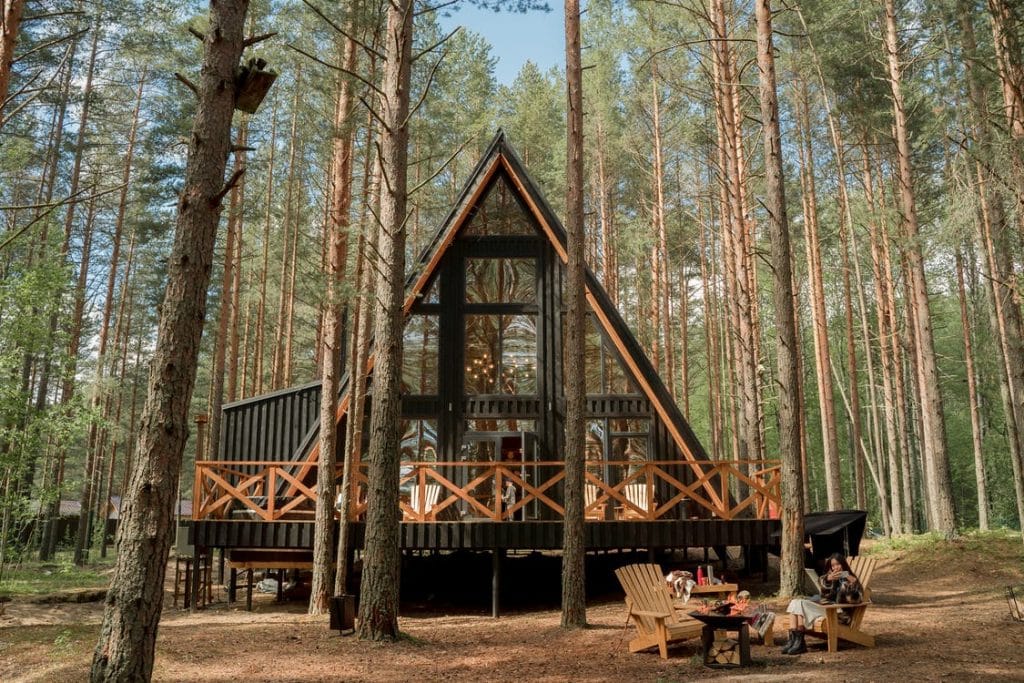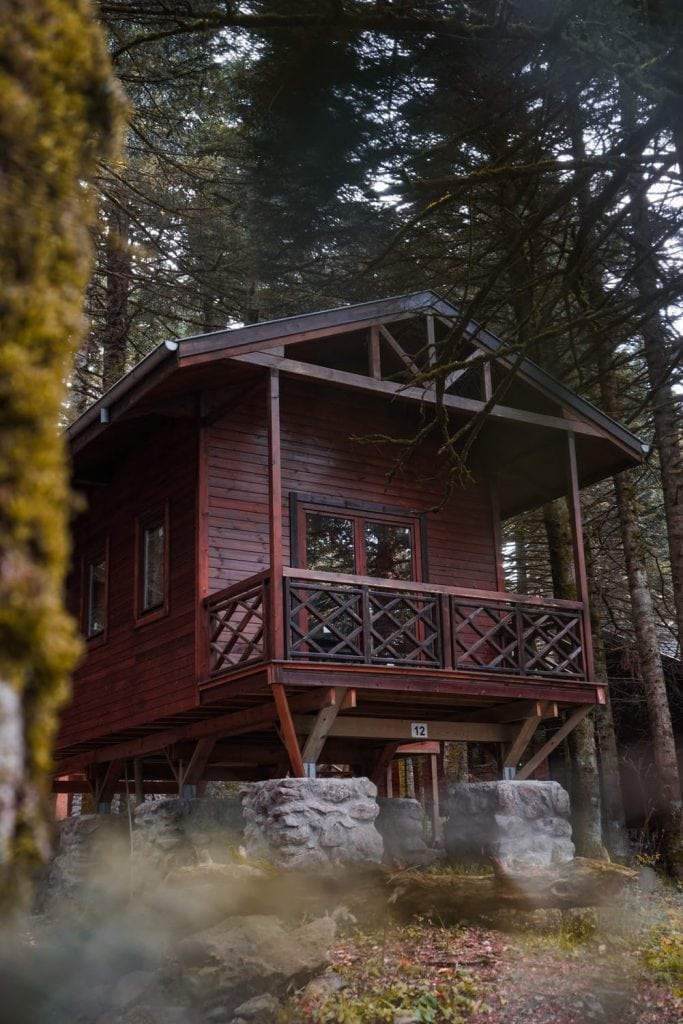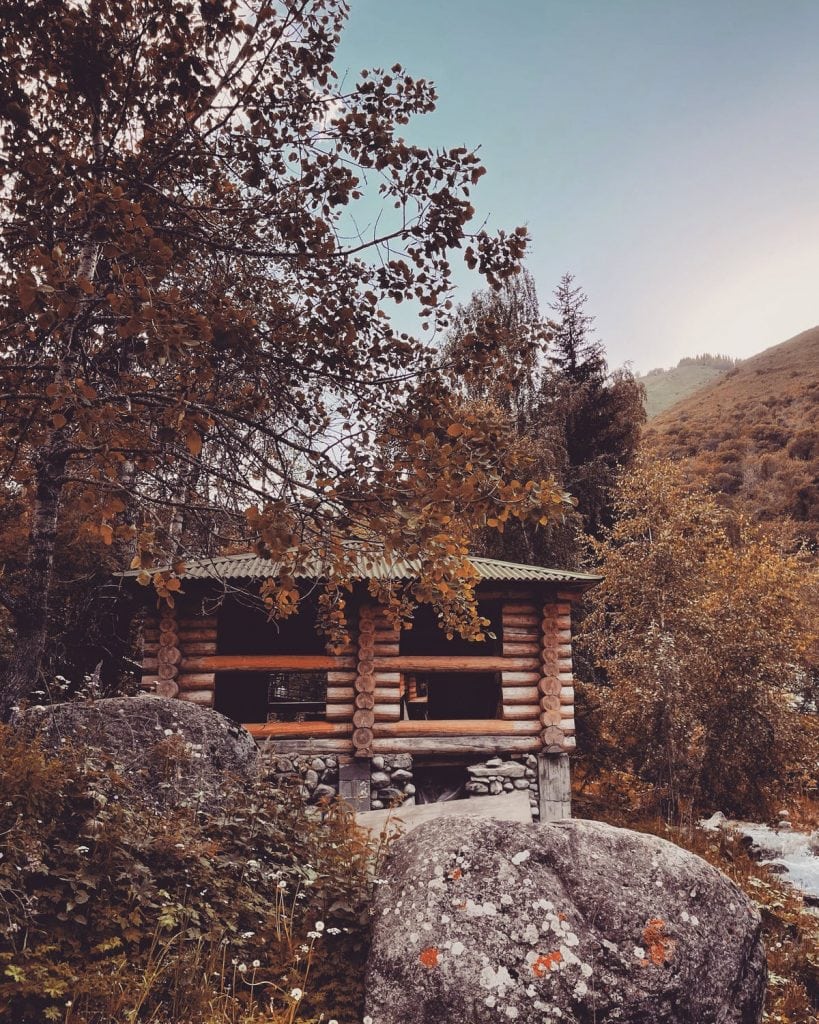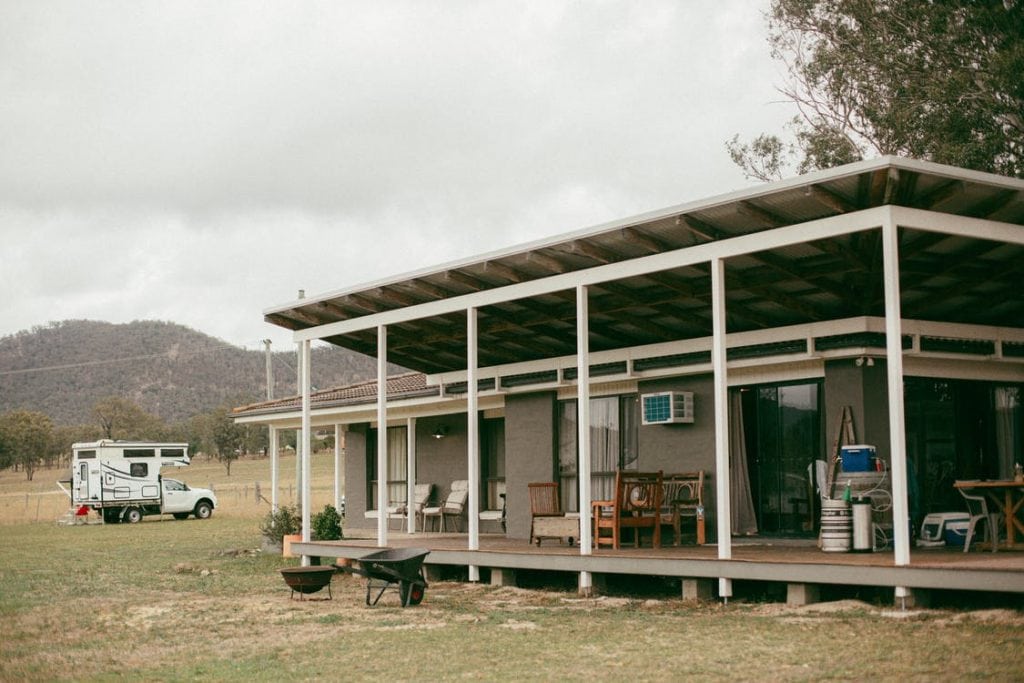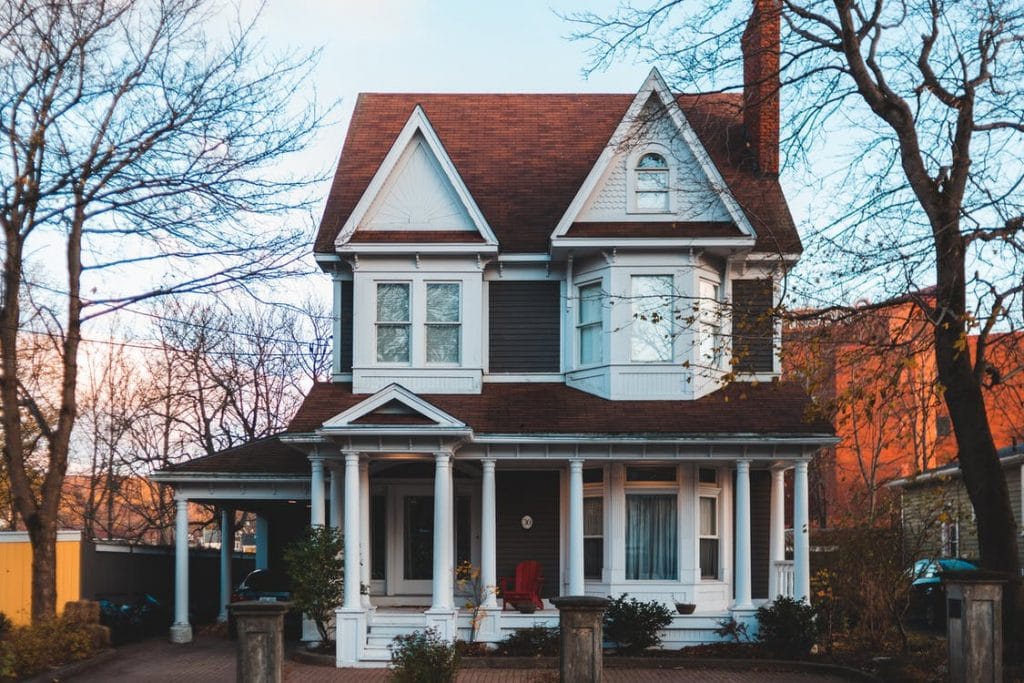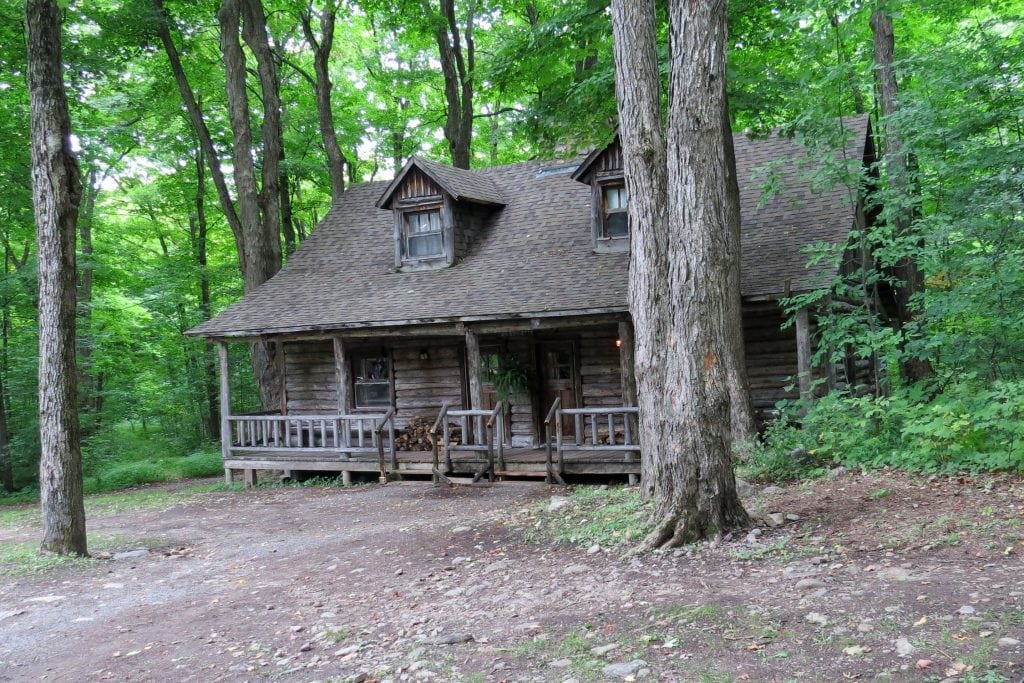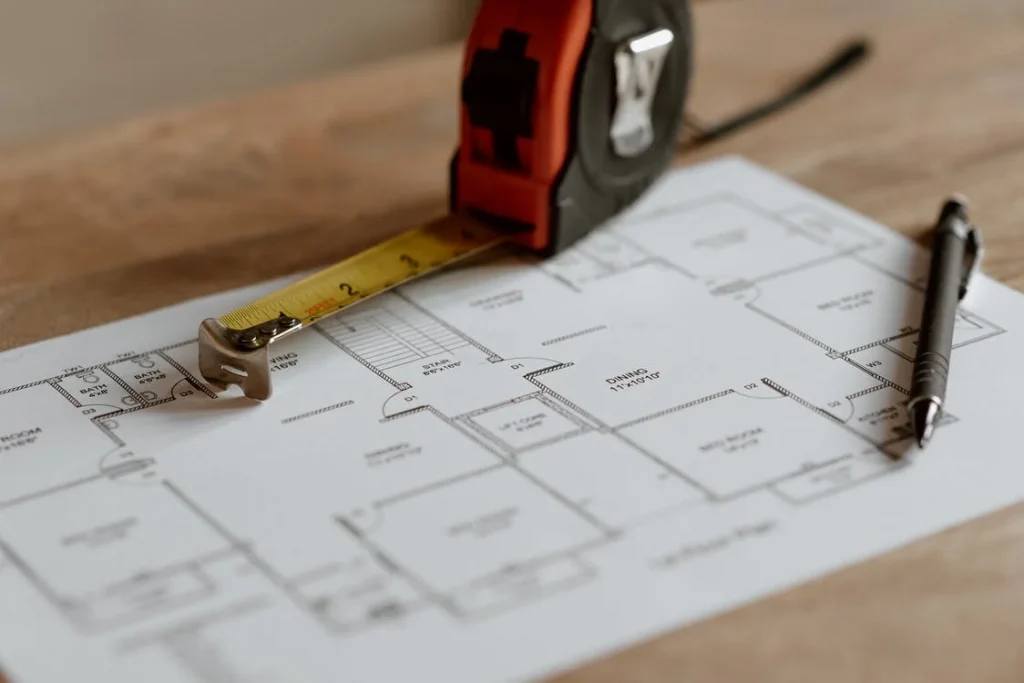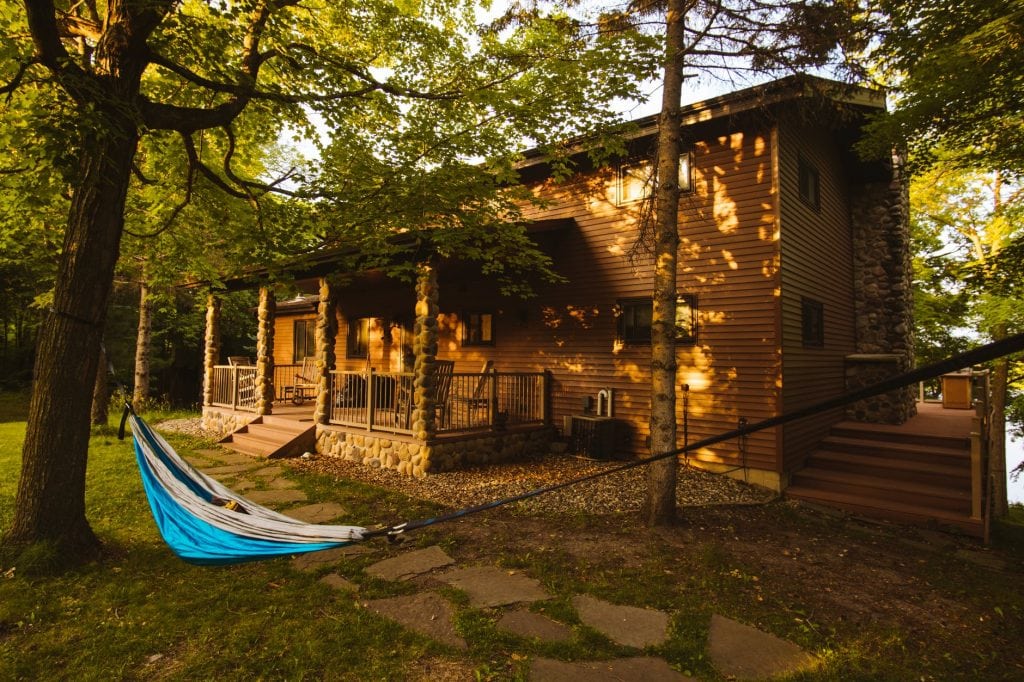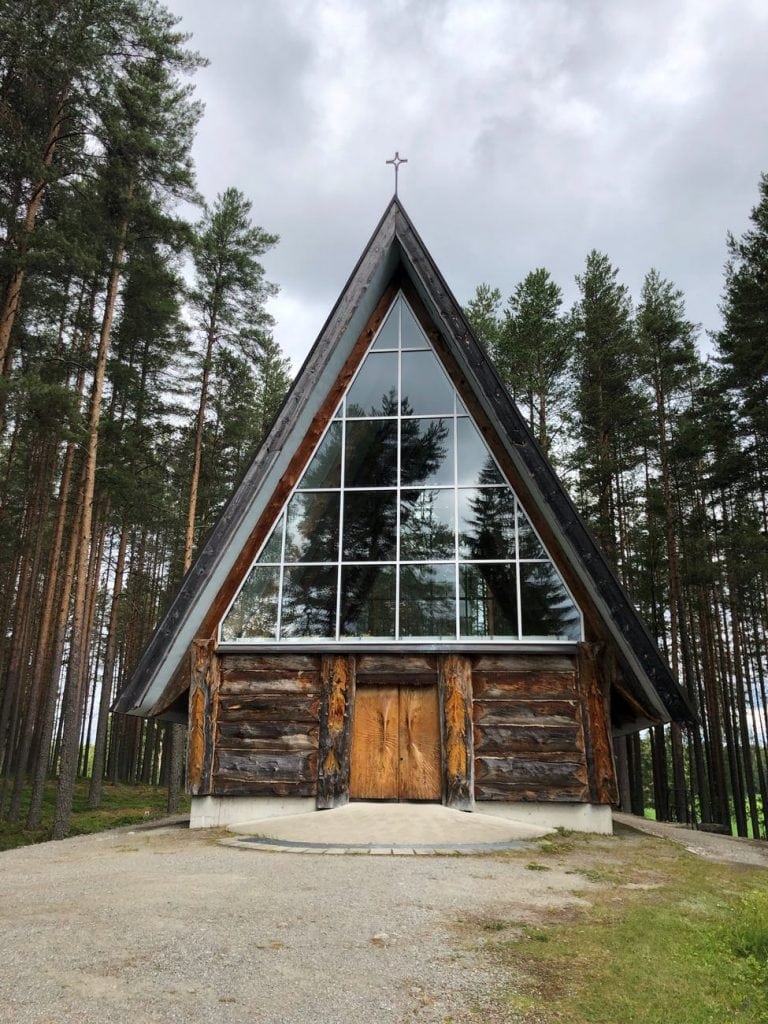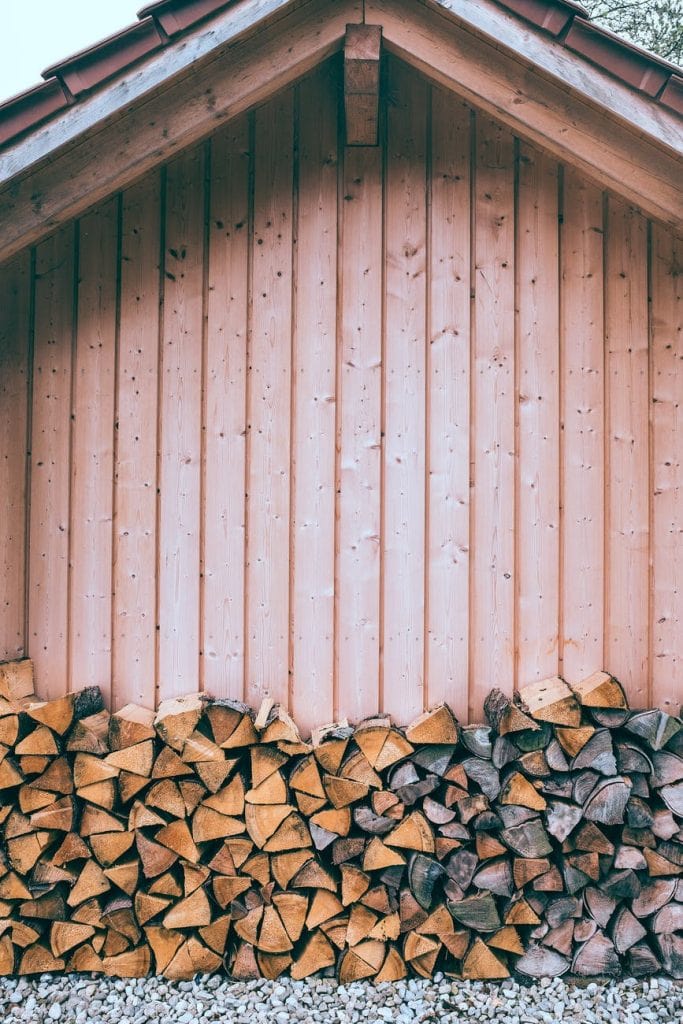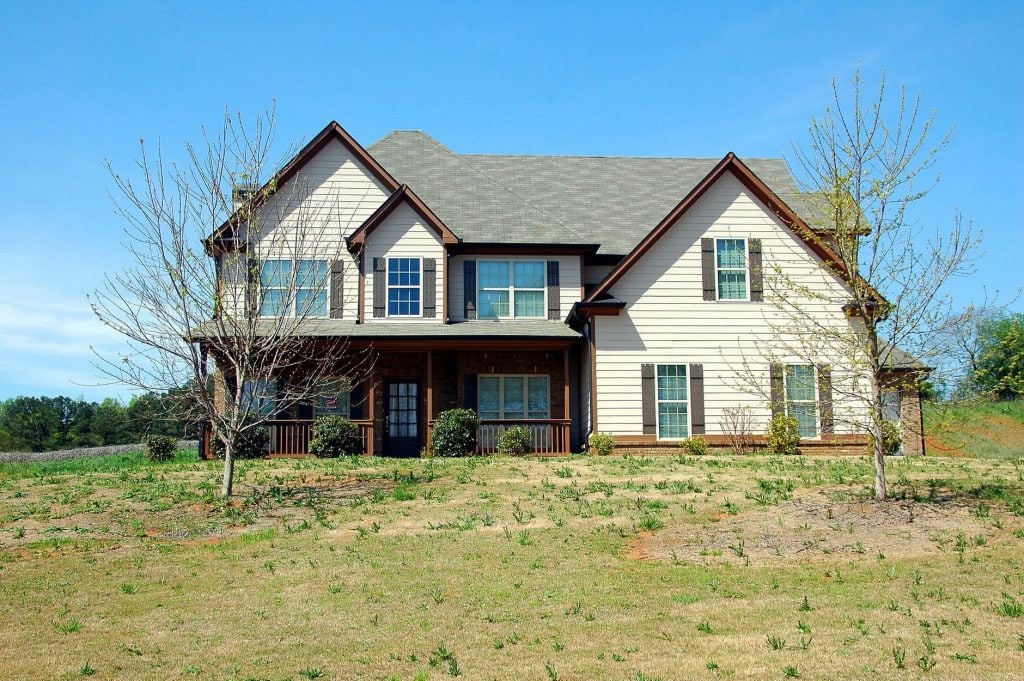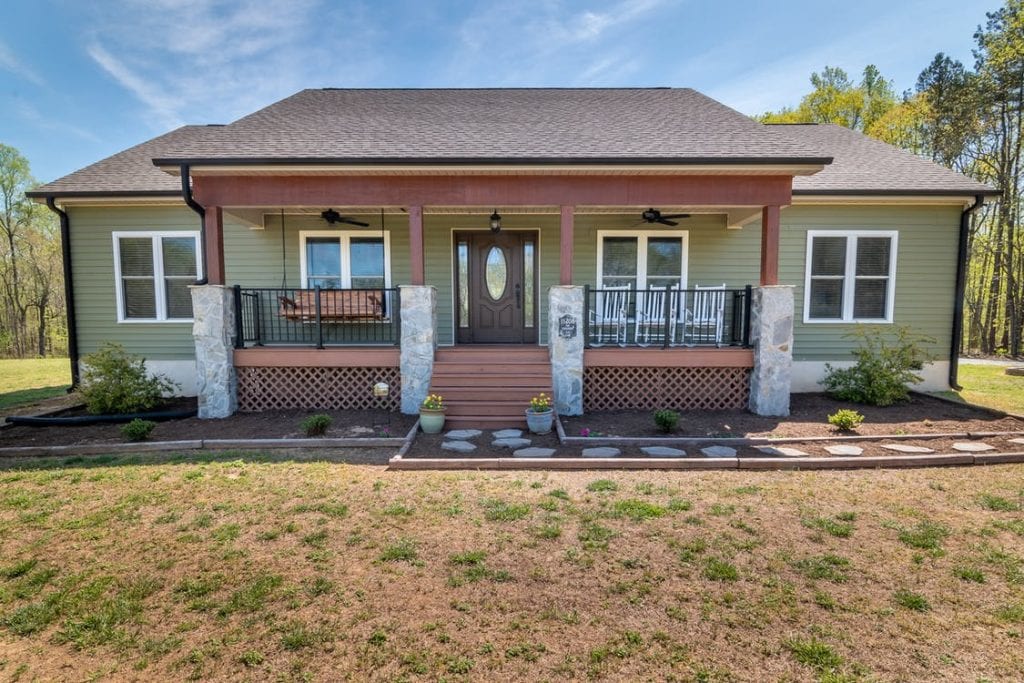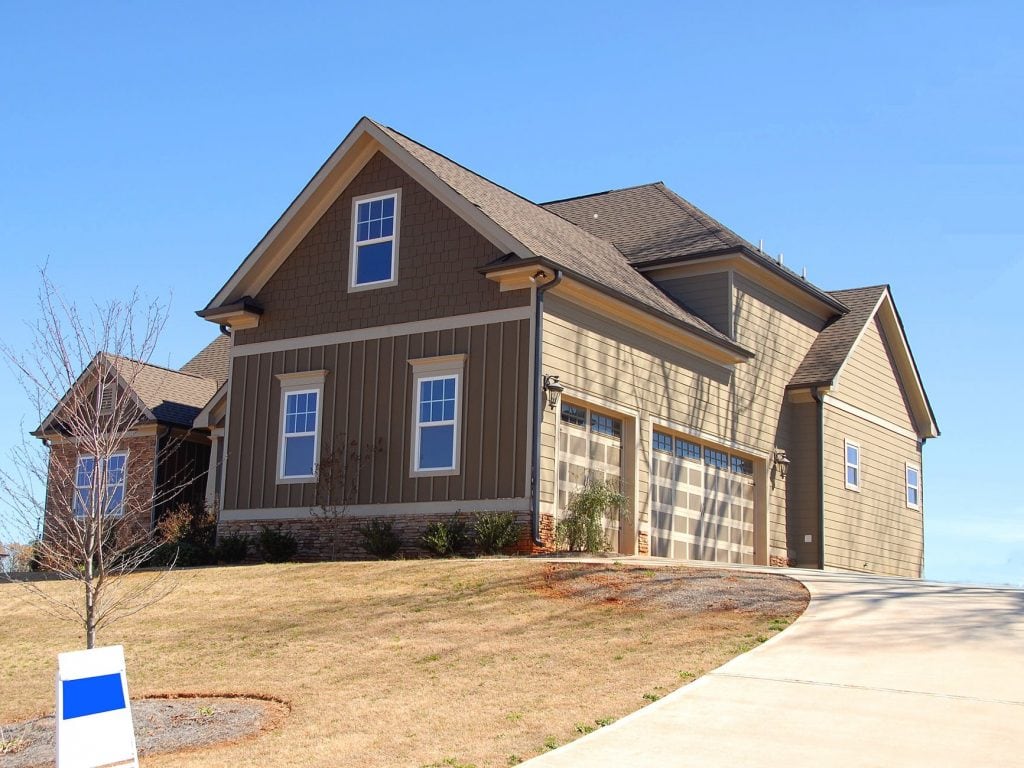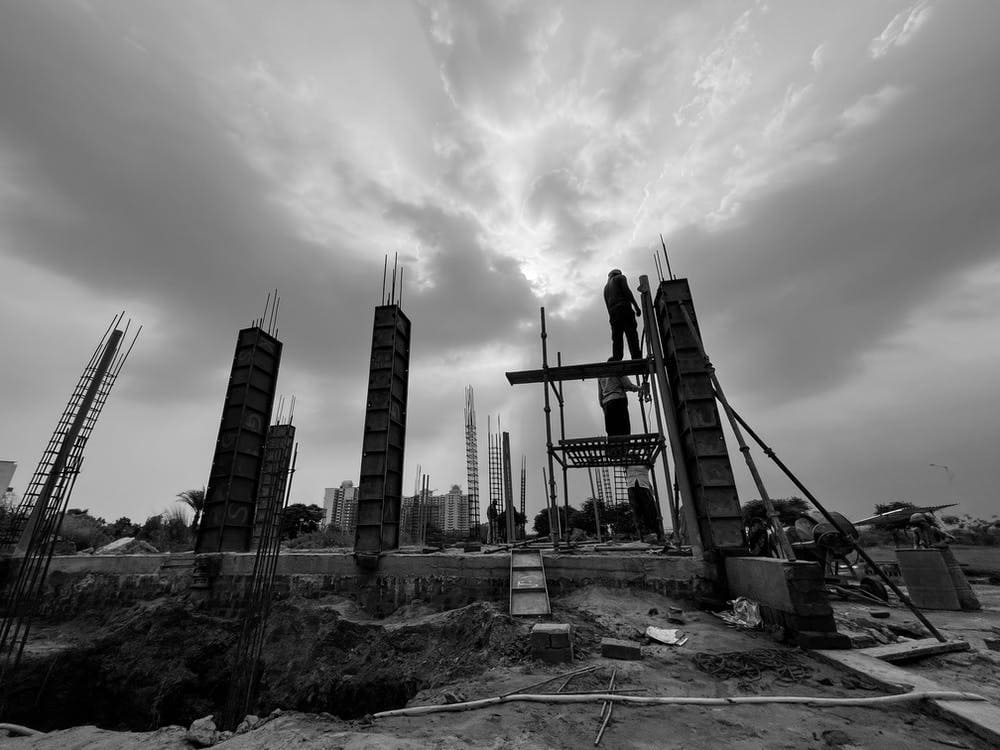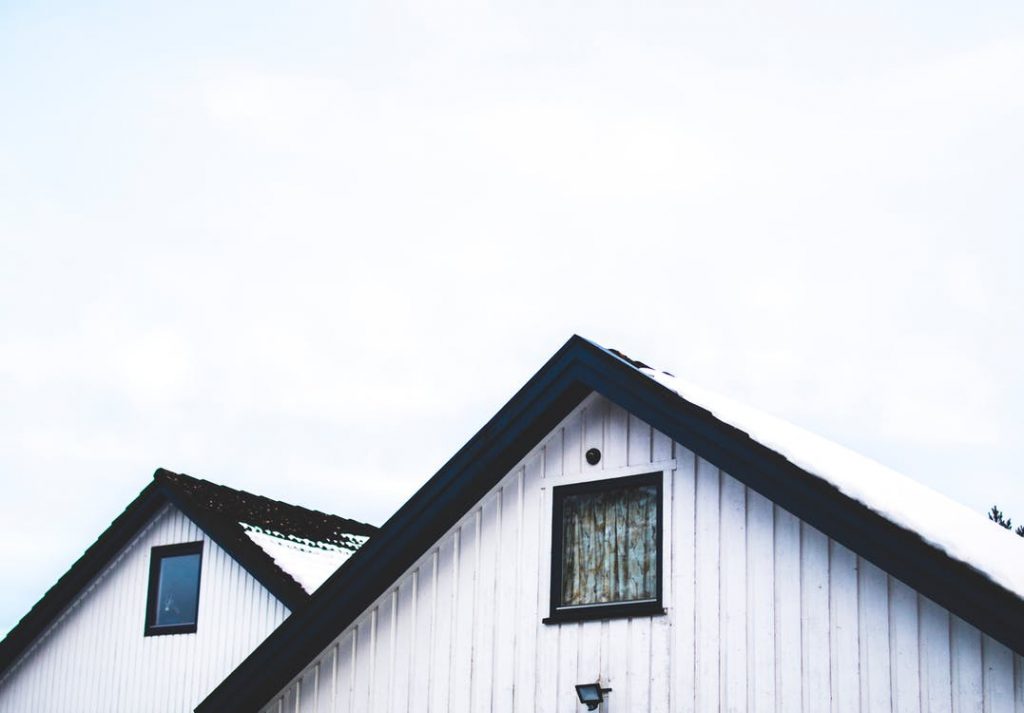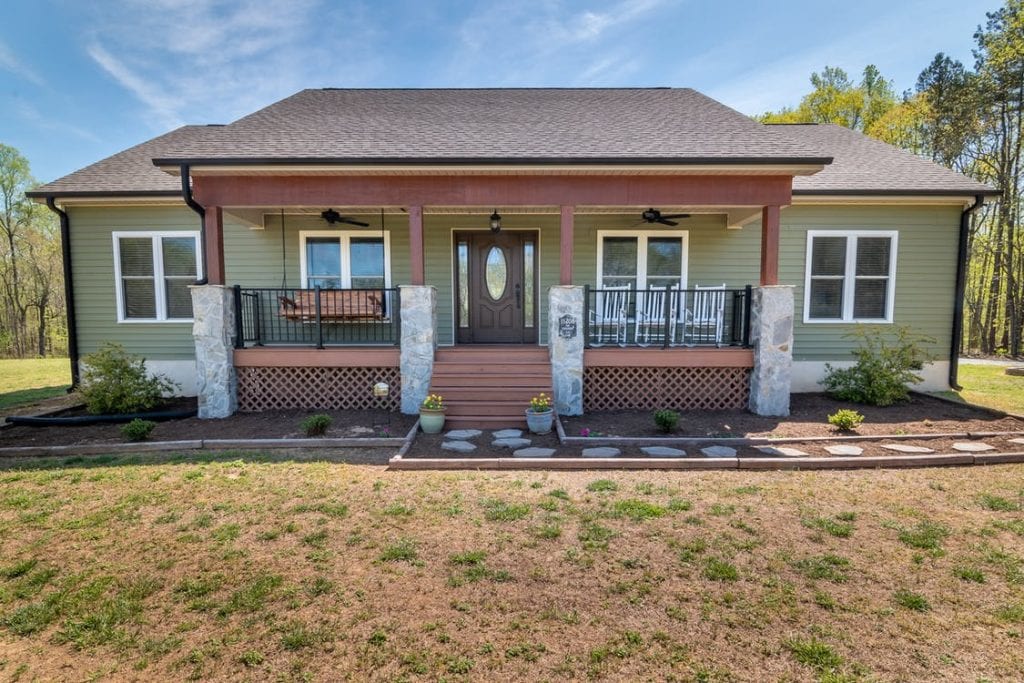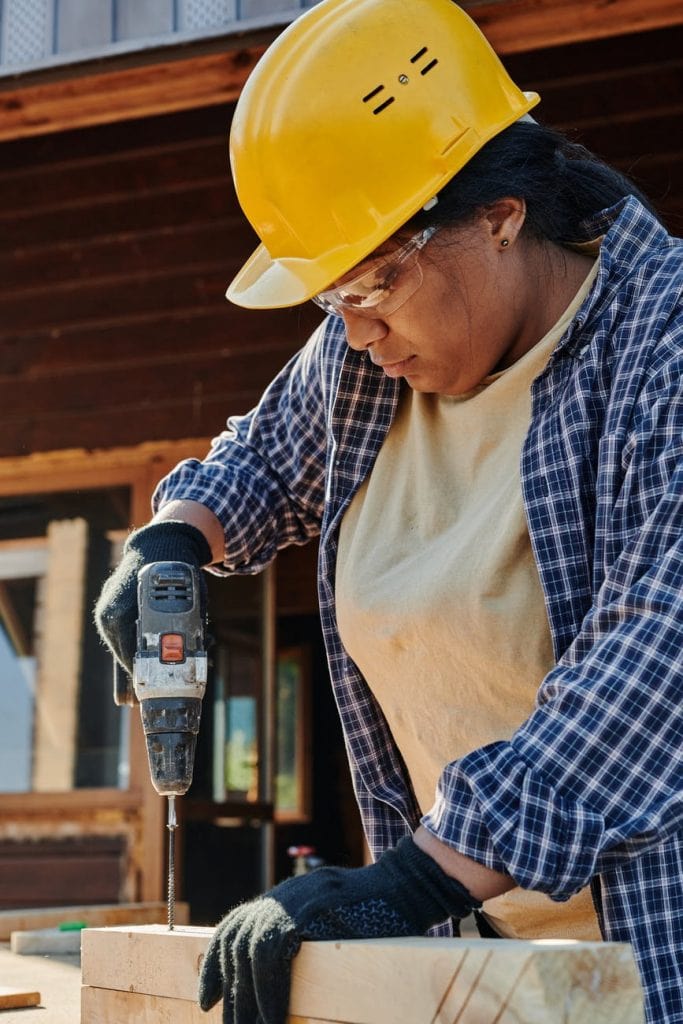Know what makes your home unique. Every property needs different treatment depending on its design, and some may require steel mesh while others may need extra foundations. Just because one company claims they can complete the job doesn't mean they understand your specific circumstances or may use exactly what you need to get it done properly. You want experts who'll spend their time researching details about your home.
Insist on knowing the price of their services, these days, you can get quotes online or by phone rather than waiting for an estimate to be done in person, so ask upfront what the cost may be. This way, there are no hidden costs, and you'll know exactly how much it will cost before work begins.
Check out reviews from past customers, not just on company websites but also on social networking sites like Facebook, where customer reviews are regularly shared. Make sure they're insured with a warranty that covers all aspects of house restumping.
Before hiring any contractor, select them carefully, and read reviews about contractors/companies who have experience fixing buildings that were built during the same era as yours.
What Is Restumping?
Restumping, also known as reblocking, involves resetting (or replacing) the stumps on a house that uses a stump subfloor. This is normally necessary when the house stumps have settled as a result of soil movement or when wooden stumps have rotted as a result of moisture in the soil. It is also a wise move to restump an older home that will be undergoing major renovations due to the added strain on the structure of the house.
Restumping any house is a big undertaking, and if it's not handled correctly, it could be very dangerous for you and your house.
Does My Home Need Restumping?
Signs that your house may need restumping include:
- continually cracking interior walls
- uneven bowed or 'soft' floors
- exterior cracking on brickwork
- doors and windows are not functioning correctly.
All houses are different and are built on the ground with different soil conditions. For that reason, every house will display deterioration in different ways. If failed stumping is left untreated, though, the end result is the same; the partial or total collapse of the structure.
A house can be partially restumped if only certain areas need it, but there is always the risk that a few rotten stumps that were thought to be in good condition may collapse later on, requiring you to restump again. While wooden stumps may look fine, they may well be rotting under the ground. It's a big job to have to return just to replace one or two stumps!
You can check the condition of a wooden stump by digging down around 10cm next to the stump and scratching at the base. If the wood gives easily, it is a good indicator of damage and will likely need to be replaced before it starts to crumble and drop, no longer supporting the floor above it. You should also look out for high water marks where moisture has been absorbed deep into the wood. If more than 20-30% of the stumps are damaged, it's almost certainly best to get them all replaced.
4 Reasons To Have Your House Restumped
If you own an elevated home, you need to pay close attention to the stumps. If your home was constructed with hardwood stumps, you might think that they're protected from the elements. Unfortunately, that's not actually the case. Without proper care, your hardwood stumps can sustain serious damage. When that happens, it might become necessary to restump your home. If you haven't had your home restumped yet, read the list provided below. Here are just four of the reasons to talk to a contractor about restumping your home right away.
Prevent Water Damage
If your home is located in a flood zone, you need to be worried about water-related damage. You might not realise this, but water-related damage can occur from flooding and from moisture in the air. This is especially true where house stumps are concerned. In fact, moisture can lead to wood rot, which can undermine the structural integrity of your home. That's where restumping comes into the picture. If your home stumps have sustained any type of water damage, it's important that you invest in restumping as soon as possible. Restumping can prevent further water-related damage.
Prepare for Home Sale
If you plan to sell your home in the coming year, now's the time to talk to a contractor about restumping. Prior to the close of escrow, your home will be inspected from top to bottom. The inspection process includes your home's stumps. If the stumps have evidence of rot or other types of damage, your home might not pass inspection. To avoid that risk, you should have your home restumped before you put it on the market.
Expand Living Space
If your family is outgrowing the space you have available, and you need to expand your home, it's time to consider restumping. You might not know this, but restumping your home will give you the opportunity to increase your living space, which will give your family room to stretch out. As an added benefit, the additional living space will also increase the value of your home.
Identify Hidden Damage
If you haven't had your home restumped in a while, you could be dealing with hidden damage. The exterior of the stumps might look sturdy, but the inside might tell a different story. This is especially true if your current stumps have an exterior covering. One of the benefits of having your home restumped is that the hidden damage is identified before it can cause problems for you.
How Is A Home Restumped?
The first step is to assess which stumps need to be replaced or reset. This is normally done using a level to assess how even your floors are and by checking the stumps themselves for movement and deterioration. The house is then gradually and slightly jacked-up where the stump that needs to be replaced is, and existing stumps are either packed out to compensate for settling or are removed and replaced altogether.
Depending on how much movement has occurred, it's possible that adjustments due to restumping the house will cause doorframes to warp, cracks in the plasterwork, tile damage and similar issues.
Frequently Asked Questions
This is commonly called “belly-wrap”, “belly board” or “bottom board”. The manufactured home industry and well as HUD refer to it as “bottom board”. It serves a much greater purpose than just making the underside of the home appear clean and neat.
So skirting for a mobile home is just as important as siding, or even more so considering the safety features of mobile home skirting. Skirting is the panel or wall of material that touches the ground at the bottom of a home. Mobile homes always have skirting, unlike other homes.
Bricking a manufactured home is an excellent way to increase the value of the home and property. Brick exteriors on these types of homes can easily increase the value of the home two to three times more than its current price. Adding brick to a manufactured home increases the house value up to three times.
What is a stump subfloor? If your floor is supported by many columns or stumps, then you have a stump subfloor. According to the lie of the land, these will be of varying heights to keep the floor perfectly level.
Usually, houses need restumping due to age, termite damage, or soil movement. In those cases, it's unlikely your home insurance will cover the cost. However, if the stumps have been damaged by an insured event – for example, a pipe burst and caused significant water damage – you might be covered for restumping costs.
Wood Stumps, Steel Stumps And Concrete Stumps
When houses are restumped these days, it is usually with galvanised steel or concrete stumps. These are not susceptible to many of the weaknesses that wood as – they don't rot, are immune to termites and won't warp over time. Steel stumps are also adjustable on-site, which is a great advantage when it comes to installation and can save you a great deal of time and effort.
While it can be quite expensive, it's well worth paying to have it done professionally and to the highest standard. Restumping is a difficult and dirty job, and having it done properly is crucial to the structural integrity of your home.
Techniques For Restumping Your Home
There are two basic techniques for restumping a home, with three different types of materials that are available to be used. Although it is not always easy to tell if the stumps need to be replaced, there are some signs to look out for that may indicate that the stumps need replacing:
If you notice that windows or doors are getting jammed and appear to not open and close smoothly.
If there are cracks in the brickwork or plastering on the walls.
If floors that are uneven or don't seem to be level anymore.
Partial Restumping
Suppose you have had all of your stumps checked and have come to the conclusion that some but not all need to be replaced. You could opt for partial restumping. This method would rely on you trusting that the stumps that you think are still OK are actually still OK. Looks can be deceiving, especially in the case of wooden stumps, which could look fine above ground but could be deteriorating underneath the ground. If this is the case and you only replace some of them, then you may have to get someone back for a costly exercise sooner than you think in order to replace the ones that are deteriorating.
A partial restumping involves lifting the part of the house up where the stumps need to be replaced and replacing the old stump with a new one, which will then be packed out to allow for the house to settle into its foundations again.
Full Restumping
In the case of an old house, especially if it is one with wooden stumps, it is in your best interest to do a full restumping where you replace all of the stumps with either concrete or steel stumps. This would mean jacking the whole house up and replacing all of the stumps before settling the house back down onto its fresh new stumps.
Concrete, Wood or Steel
The three options for stumps are concrete, wood or steel. As one might imagine, steel and concrete tend to last a little bit longer than wooden stumps because they are not the tastiest food for borers. Having said that, each different material has benefits that make it useful depending on the individual situation and what is needed. Wooden stumps are usually made from hardwood that has been treated with CCA, while concrete stumps contain reinforced steel. Steel stumps are usually the hardest wearing, as they are not affected by borers. For more information about your restumping needs, talk to one of our experts at Black & White Houseraising & Restumping, and we will see the job for ourselves and provide advice specifically for you.
Benefits of Restumping Your Home
Unfortunately, having house stumps in bad condition is a dangerous situation that can easily go unnoticed by homeowners until it is too late. When you notice problems with your stumps, a professional should always be bought in to do the necessary assessments as to whether restumping is required.
Indicators of a home that may need restumping are found in various places, such as doors and windows that may not open and close easily or are no longer square. Cracks may also start appearing in plaster walls or ceilings; floors may become squeaky, wavey, or spongy and crack may start appearing in external brickwork.
Upgrading To Modern Materials
Restumping in the 21st century has all the benefits of technology - such as materials manufactured specifically to minimise and/or prevent dry rot. You can choose fresh hardwood, concrete or galvanised steel when restumping. Specialise in galvanised steel restumping as it has many benefits, including longevity, high strength and ability to adjust.
Dry rot is a common issue in older houses on timber stumps. After a period of time, the dry rot causes other timber in close proximity to deteriorate. Always checks for signs of dry rot during our assessment and throughout the restumping process.
Galvanised steel with painted welds and correct installation will ensure the steel stumps last for decades or longer. Even in coastal environments, steel stumps are the best choice. If you'd like to explore more reasons to choose steel - check out our other blog; Why choose steel stumps?
Strengthening Your Home's Foundations
It's important to protect your property by keeping your home's foundations strong. Restumping can safeguard your foundations from being weakened by the many complications that can arise from stump problems.
One of the largest of these problems is moisture, especially if your house is built on timber stumps. Moisture causes deterioration, attracts destructive pests, spreads dry rot, and in general, moisture will wear away at the foundation of the home.
Another problem is that the hardwood stumps on which many Queenslander and Colonial style homes were built will still deteriorate over time. During restumping, your home will also be levelled, exceeding minimum standards every time.
Adding Value To Your Home
Whether you are renovating, preparing to sell or preparing to purchase, a newly restumped house has an increased value and attractiveness to potential buyers.
Future maintenance is a top concern for property purchasers and having your house recently restumped proves it has a solid foundation and that any potential future stumping issues have been mitigated.

